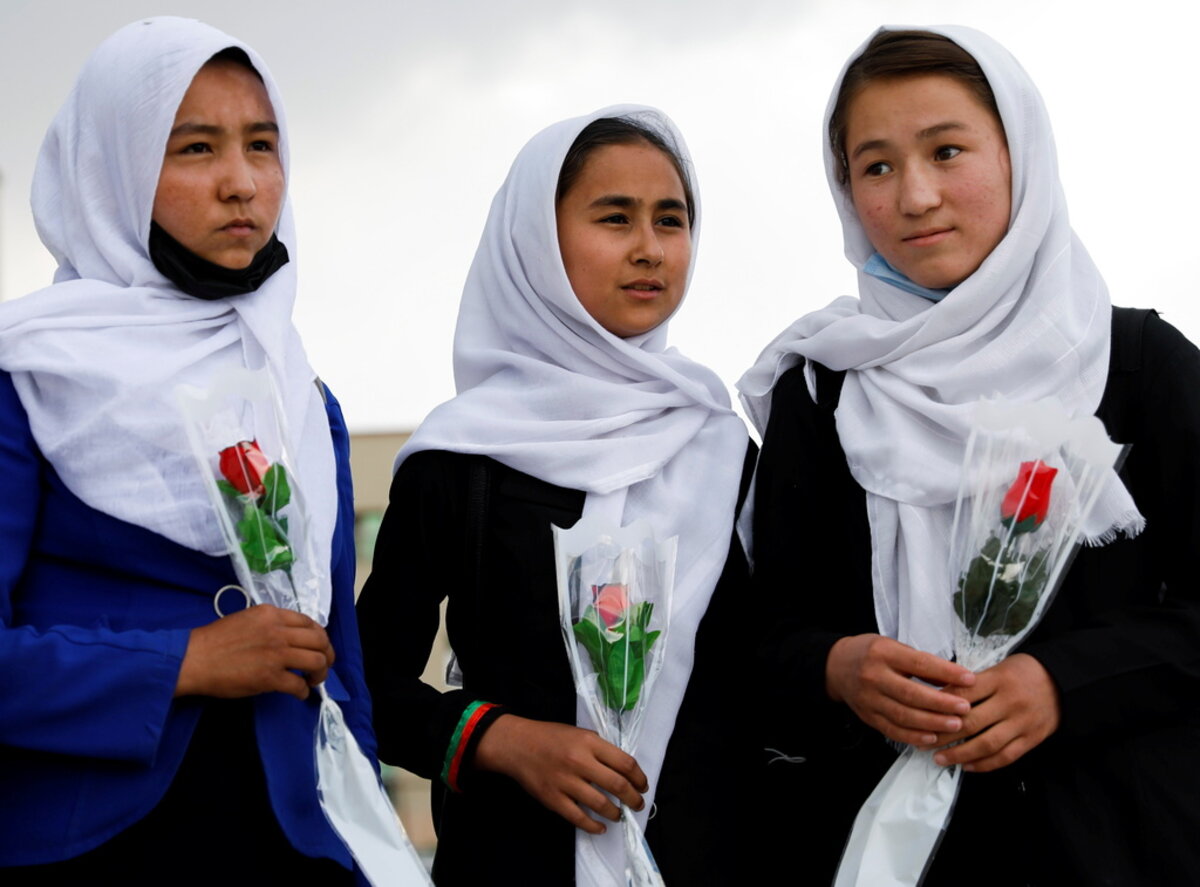The never-seen-before internecine mob violence in Israel is prompting horrified Arabs and Jews to ask: How much hard-won progress will be undone? Will it be possible to heal?
Monitor Daily Podcast
- Follow us:
- Apple Podcasts
- Spotify
- RSS Feed
- Download
 Peter Grier
Peter Grier
The final report of the 9/11 Commission was an investigative and literary triumph. It painted a detailed and sweeping picture of the events surrounding the terror attacks on the World Trade Center and Pentagon, so lucidly written that it was a finalist for the National Book Awards in 2004.
Could a Jan. 6 commission to probe the attack on the U.S. Capitol produce a similarly high-quality result?
It now looks as if such a commission could happen. On May 14 Democratic and Republican leaders of the House Homeland Security Committee announced they’d struck a deal to create a bipartisan panel composed of 10 people with relevant expertise.
Each party would get to name half of the group’s members. Democrats would appoint the chair, and Republicans the vice chair. The commission would have subpoena power.
This isn’t a done deal yet. The Homeland Security Committee’s bill establishing the commission would need to pass Congress. Republican leaders say they want the investigation to focus on events beyond Jan. 6 – which Democrats strongly oppose.
But an independent body investigating the Jan. 6 insurrection is badly needed, writes Kate Brannen, editorial director at the national security and law blog Just Security.
A May 12 congressional hearing on the insurrection shows why. Both sides just postured and grandstanded, with Democrats berating witnesses, and Republicans repeating disinformation about the Jan. 6 events, according to Ms. Brannen.
“On Capitol Hill, the forces that unleashed the violence that day are still working to hide the truth,” she writes.











